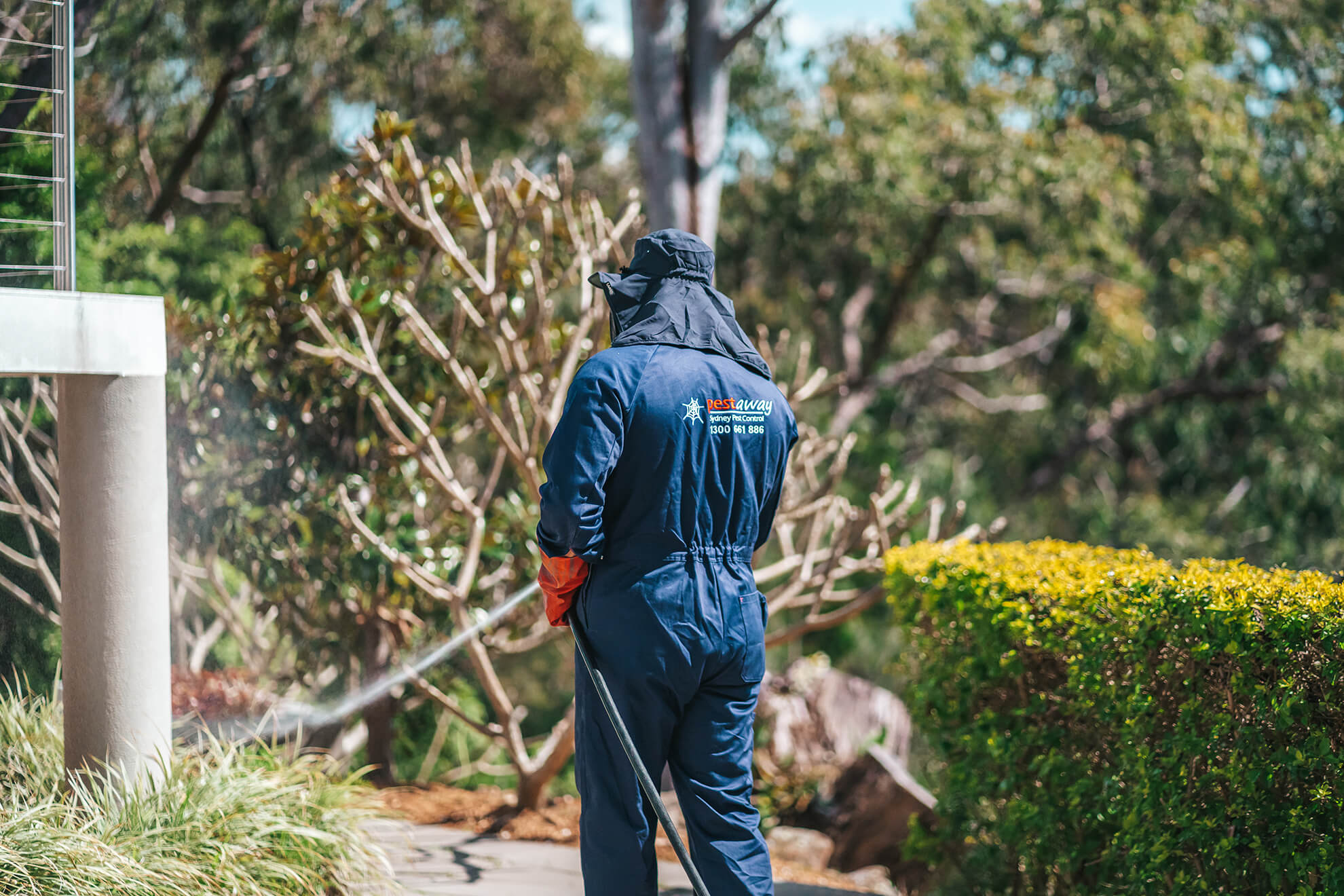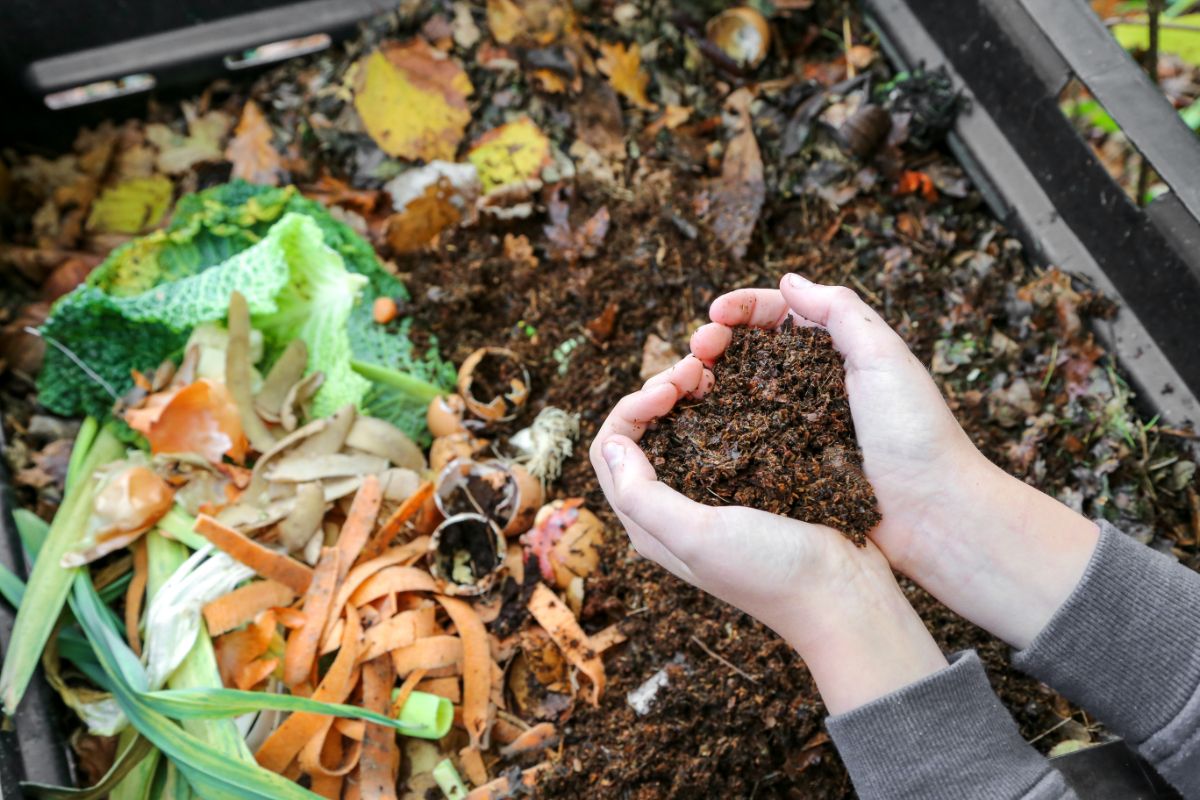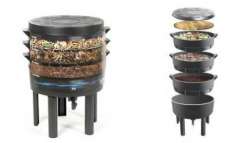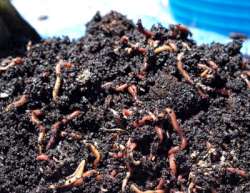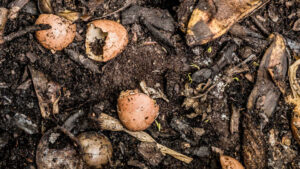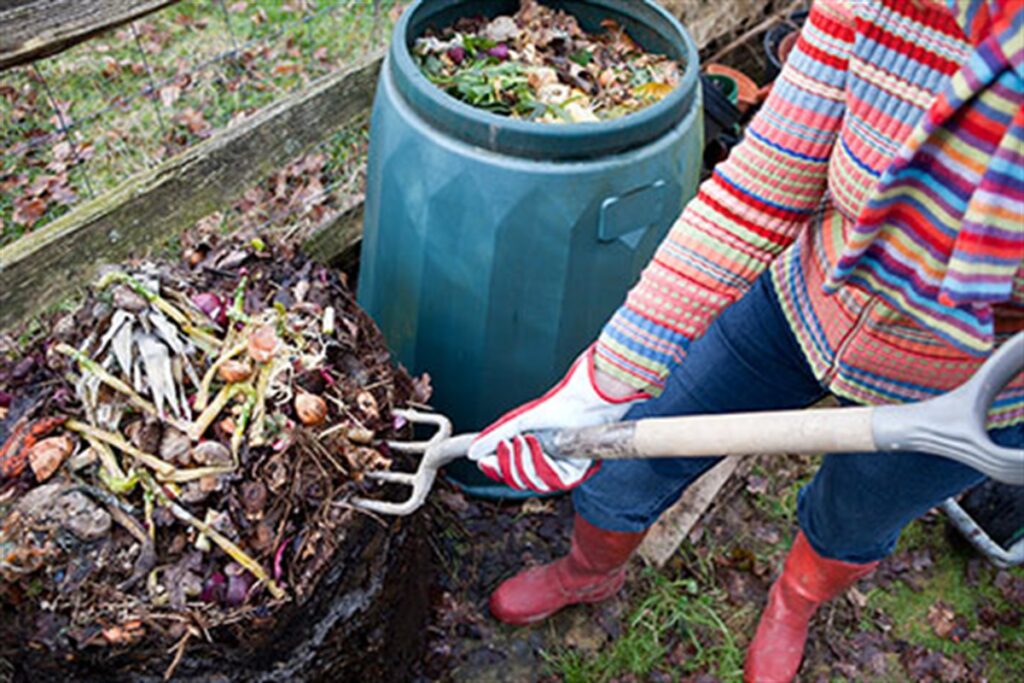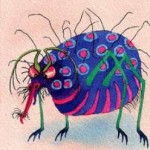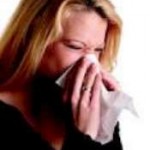Understanding the Pest Problem
Pests can be a significant nuisance, invading homes and businesses in Sydney. From cockroaches and ants to rodents and termites, these unwanted guests can cause damage and pose health risks. Understanding the types of pests common in Sydney is the first step in effectively managing them.
Each pest has its own behaviour and habitat preferences, which makes it crucial to identify the specific type of infestation. For instance, cockroaches thrive in warm, humid environments, while termites are typically found in wooden structures. Recognising these patterns can aid in exterminator sydney and eradication efforts.
Common Pests in Sydney
In Sydney, several pests are particularly prevalent. Cockroaches are notorious for their resilience and rapid reproduction rates. Ants, especially the Argentine and sugar ant species, are often seen invading kitchens in search of food. Rodents, including mice and rats, can enter homes through tiny gaps, seeking warmth and shelter.
Termites are another major concern, as they can cause significant structural damage to properties if left unchecked. Understanding these pests and their behaviours is essential for homeowners to take proactive measures against infestations. For example, the presence of mud tubes on walls or wooden surfaces can indicate a termite infestation, while droppings or gnaw marks may signal rodent activity. Homeowners should also be aware of the seasonal patterns of these pests; many are more active during warmer months, necessitating increased vigilance during spring and summer.
Moreover, the impact of pests extends beyond mere inconvenience. Cockroaches, for instance, are known to trigger allergies and asthma in sensitive individuals, while rodents can contaminate food and spread diseases. The economic implications of pest infestations can also be substantial, with costs associated with repairs, pest control services, and potential loss of business for commercial establishments. Therefore, a comprehensive understanding of pest behaviour, coupled with regular inspections and preventative measures, is vital for maintaining a healthy and safe environment in Sydney.
Signs of Infestation
Recognising the signs of a pest infestation early can save homeowners from extensive damage and costly repairs. Each type of pest leaves behind specific indicators that can help identify their presence.
For example, droppings, shed skins, and gnaw marks are common signs of rodent activity. In contrast, termite infestations may be indicated by mud tubes, hollow-sounding wood, or discarded wings. Being vigilant and knowing what to look for can make a significant difference in pest control efforts. Read more about signs of an infestations at https://blink.ucsd.edu/safety/general/pests/prevention/index.html
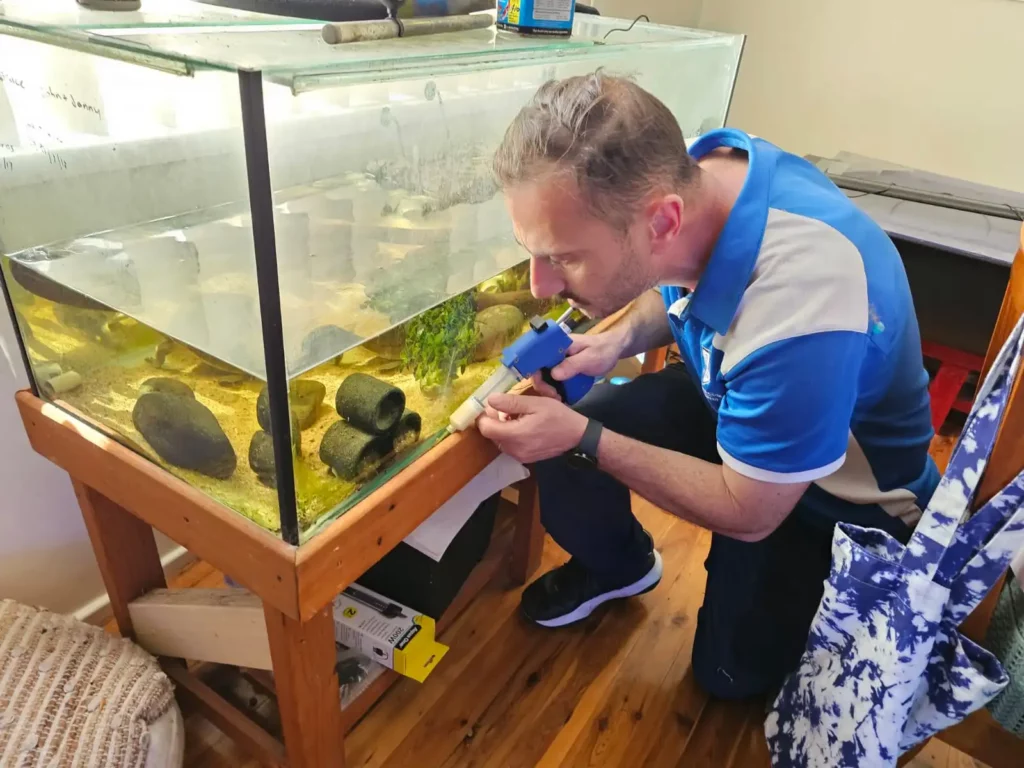
Visual and Auditory Cues
Many pests can be detected by their sounds or movements. For instance, scratching noises in walls or ceilings often suggest the presence of rodents. Similarly, the rustling of wings or scuttling sounds may indicate an infestation of cockroaches or other insects.
In addition to auditory signs, visual cues such as nests, webs, or even the pests themselves can provide clear indications of an infestation. Regular inspections of the home can help catch these signs early. Homeowners should pay particular attention to areas that are often overlooked, such as attics, basements, and behind appliances, where pests tend to hide. Furthermore, the presence of unusual stains or marks on walls and floors can also signal a problem; for instance, grease marks may indicate a rodent’s path, while dark streaks could suggest the presence of insects. Keeping a keen eye on these details can be instrumental in preventing a small issue from escalating into a full-blown infestation.
Moreover, it’s essential to consider the seasonal behaviour of pests, as certain times of the year can see increased activity. For example, during the warmer months, ants and wasps become more prevalent, while colder weather may drive rodents indoors in search of warmth and food. Understanding these patterns can aid homeowners in being proactive rather than reactive, allowing for timely interventions that can mitigate the risks associated with pest infestations. By staying informed and observant, individuals can better safeguard their homes against these unwelcome intruders.
Prevention Strategies
Preventing a pest infestation is often more effective than dealing with one after it occurs. Several strategies can be employed to keep pests at bay.
Firstly, maintaining cleanliness is crucial. Regularly cleaning kitchens and dining areas, sealing food containers, and promptly disposing of rubbish can significantly reduce the attraction for pests. Furthermore, sealing cracks and crevices in walls and around windows can prevent pests from entering the home.
Environmental Considerations
Creating an unfavourable environment for pests can also be beneficial. This can include reducing moisture levels, as many pests thrive in humid conditions. Using dehumidifiers in damp areas and fixing leaks can help deter pests from settling in.
Additionally, landscaping choices can affect pest populations. Keeping plants trimmed and away from the home can reduce the likelihood of pests finding their way indoors.
When to Call an Exterminator
While some minor infestations can be managed with DIY methods, there are instances when professional help is necessary. If the infestation is extensive or if the pests pose a health risk, it is advisable to contact an exterminator.
Professional exterminators have the training and tools to effectively manage infestations. They can also provide insights into long-term prevention strategies tailored to the specific pest problem.
Choosing the Right Exterminator
When selecting an exterminator in Sydney, it is essential to choose a reputable company. Look for licensed professionals with positive reviews and a proven track record. It’s also beneficial to ask about their methods and whether they use environmentally friendly products.
Obtaining multiple quotes can help homeowners find a service that fits their budget while ensuring quality. A thorough inspection and assessment of the property should be part of the initial consultation.
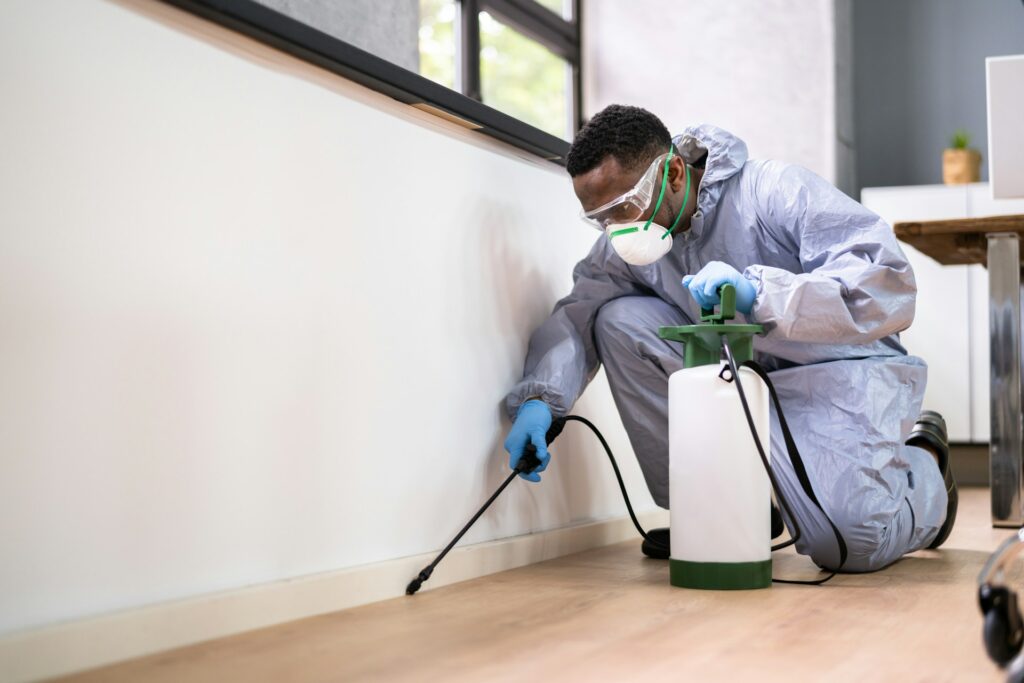
Safe Pest Control Methods
For those concerned about the use of chemicals in pest control, there are several safe and effective methods available. Integrated Pest Management (IPM) is a holistic approach that combines various strategies to manage pests while minimising risks to human health and the environment.
IPM focuses on prevention, monitoring, and control methods that are safe and sustainable. This may include using traps, baits, and natural repellents, as well as introducing beneficial insects that prey on pests. Click here to learn more about pest control methods.
Natural Remedies
Many homeowners prefer natural remedies to chemical treatments. Ingredients such as diatomaceous earth, essential oils, and vinegar can be effective in repelling or eliminating pests. For example, peppermint oil is known to deter spiders and rodents, while vinegar can help clean surfaces and eliminate ant trails.
However, while natural remedies can be effective, they may not always provide the same level of control as professional treatments. It is essential to assess the severity of the infestation before relying solely on these methods.
Post-Treatment Care
After pest control treatments have been applied, it is crucial to follow up with proper care to ensure the pests do not return. This may involve additional cleaning and maintenance measures.
Homeowners should monitor the areas treated for any signs of returning pests. Regular inspections and adherence to preventive measures can significantly reduce the chances of re-infestation.
Long-Term Prevention
Long-term prevention strategies are vital for maintaining a pest-free environment. This includes ongoing maintenance of cleanliness, sealing entry points, and regular inspections of the property.
Engaging in seasonal pest control services can also be beneficial. Many exterminators offer preventative treatments that can help keep pests at bay throughout the year.
Conclusion
Managing pests in Sydney requires a proactive approach that includes understanding the types of pests, recognising signs of infestation, and employing effective prevention strategies. While DIY methods can be effective for minor issues, professional exterminators are invaluable for more severe infestations.
By combining safe pest control methods with diligent maintenance and monitoring, homeowners can create a safe and comfortable living environment. Ultimately, the goal is to achieve a pest-free home while prioritising the health and safety of all occupants.
Related : Sydney Pest Inspections: The Key to a Pest-Free Home

